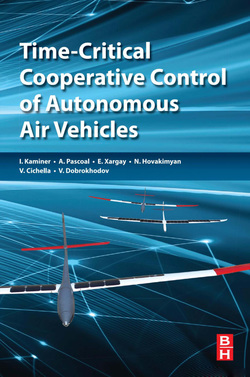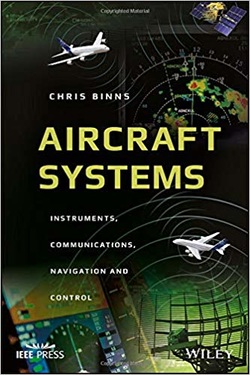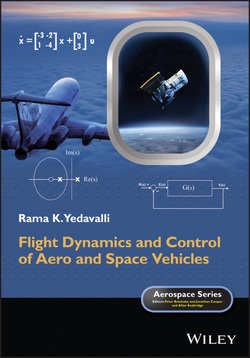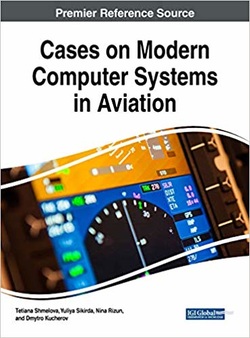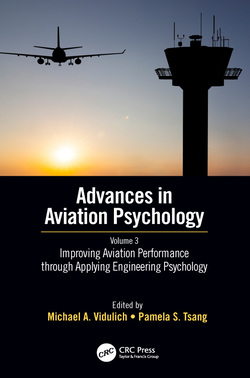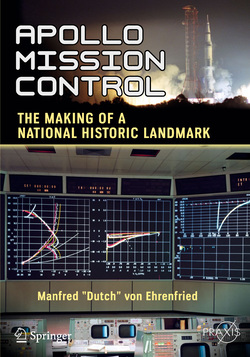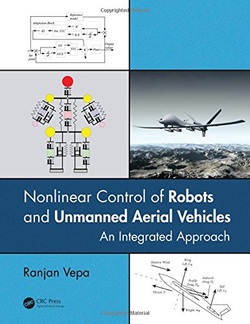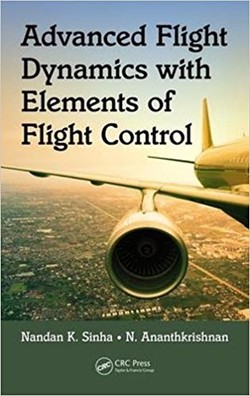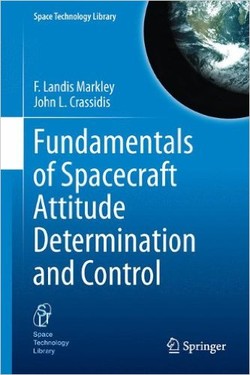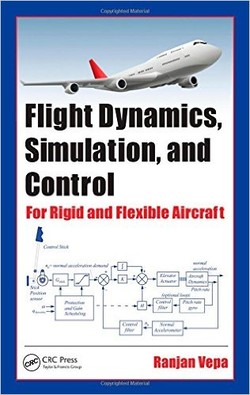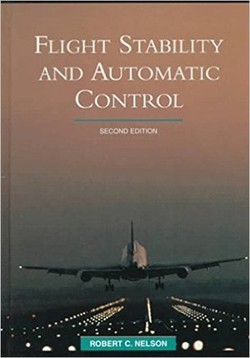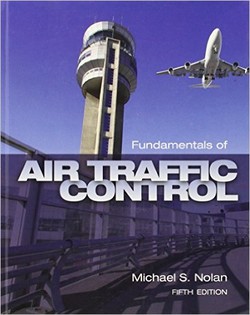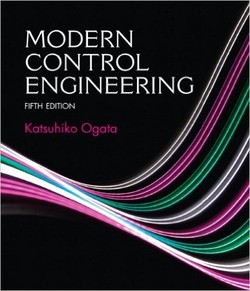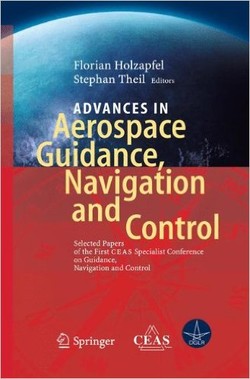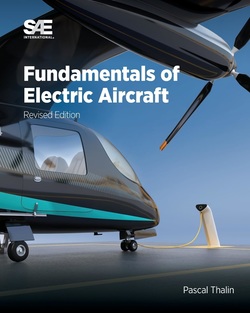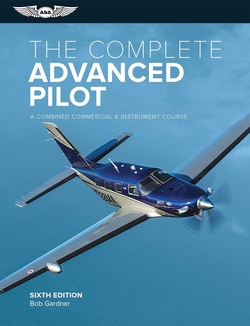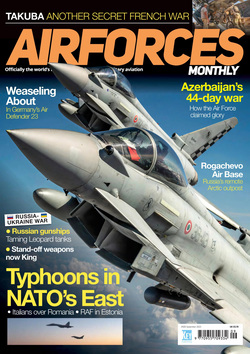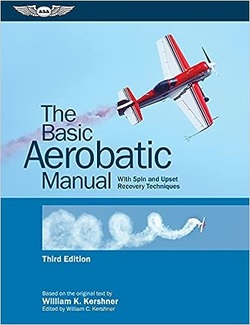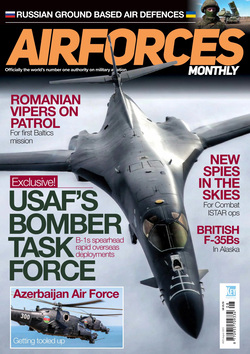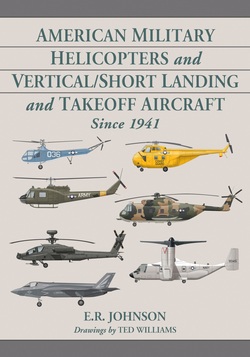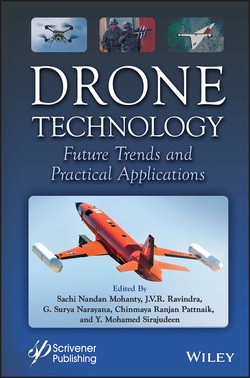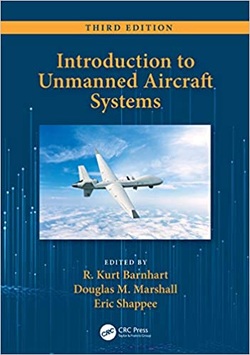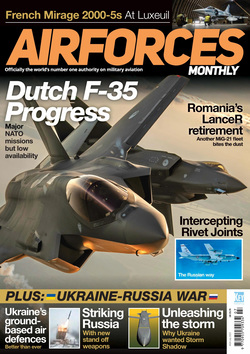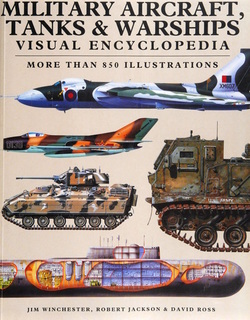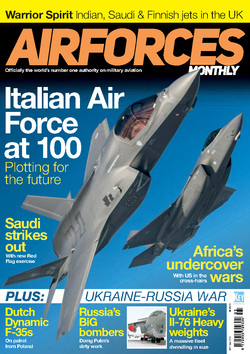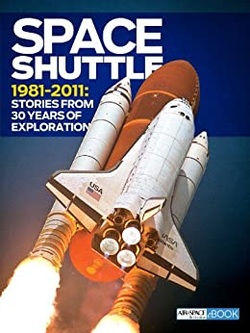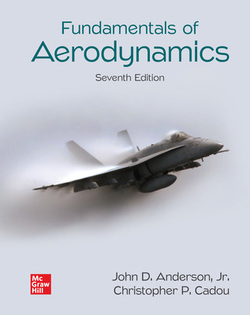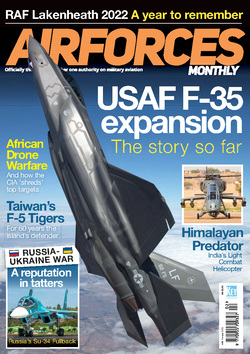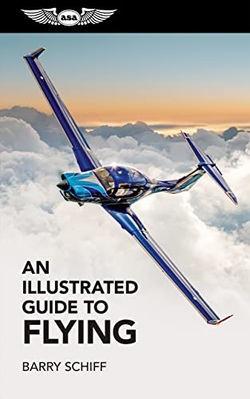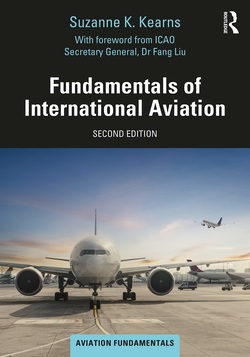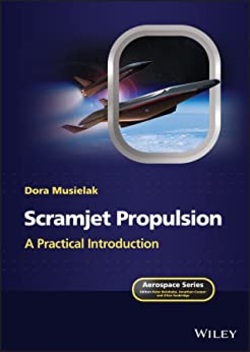پیشرفت در هدایت، کنترل و برآورد موشک

“پیشرفت در هدایت، کنترل و برآورد موشک” آخرین تحولات در سه مسئله عمده موشک _کنترل، هدایت و برآورد_ و توصیههایی نیز درمورد کارایی آن گرد هم میآورد. همچنین نحوه کمک این عناصر به فرآیند کلی طراحی موشک را نشان میدهد. با همکاری کارشناسان مشهور دولت، صنعت پدافند و دانشگاه از سوی ایالات متحده، اسرائیل، کره، کانادا، فرانسه و انگلستان تهیه شده است.
این کتاب طراحی دستگاه کنترل اتوماتیک با استفاده از نظریههای غیر خطی و تجزیهوتحلیل عملکرد روی پوشش پرواز از عدد ماخ و ارتفاع را مورد بحث قرار میدهد. همچنین شامل فصلی درمورد رویکرد اخیر یکپارچه هدایت و کنترل میباشد، که از همکاری بین طراحی سیستم هدایت و خلبان اتوماتیک بهرهبرداری شده است. سپس تکنیکهای اعمال شده برای مسائل مربوط به هدایت موشک، ازجمله هدایت کلاسیک را تشریح میکند. فصل پایانی نیز توسط مهندسین شاغل در صنعت پدافندی ایالات متحده، اسرائیل و کانادا، طراحی و پیادهسازی مسائل مربوط به کنترل اتوماتیک و سیستم هدایت را مورد بررسی قرار میدهد.
این کتاب طراحی دستگاه کنترل اتوماتیک با استفاده از نظریههای غیر خطی و تجزیهوتحلیل عملکرد روی پوشش پرواز از عدد ماخ و ارتفاع را مورد بحث قرار میدهد. همچنین شامل فصلی درمورد رویکرد اخیر یکپارچه هدایت و کنترل میباشد، که از همکاری بین طراحی سیستم هدایت و خلبان اتوماتیک بهرهبرداری شده است. سپس تکنیکهای اعمال شده برای مسائل مربوط به هدایت موشک، ازجمله هدایت کلاسیک را تشریح میکند. فصل پایانی نیز توسط مهندسین شاغل در صنعت پدافندی ایالات متحده، اسرائیل و کانادا، طراحی و پیادهسازی مسائل مربوط به کنترل اتوماتیک و سیستم هدایت را مورد بررسی قرار میدهد.
سال انتشار: 2012 | 722 صفحه | حجم فایل: 16 مگابایت | زبان: انگلیسی
Advances in Missile Guidance, Control, and Estimation (Automation and Control Engineering)
نویسنده
S.N. Balakrishnan, A. Tsourdos, B.A. White
ناشر
CRC Press
ISBN10:
1420083139
ISBN13:
9781420083132
قیمت: 16000 تومان
برچسبها:
Stringent demands on modern guided weapon systems require new approaches to guidance, control, and estimation. There are requirements for pinpoint accuracy, low cost per round, easy upgrade paths, enhanced performance in counter-measure environments, and the ability to track low-observable targets. Advances in Missile Guidance, Control, and Estimation brings together in one volume the latest developments in the three major missile-control components―guidance, control, and estimation―as well as advice on implementation. It also shows how these elements contribute to the overall missile design process.
Shares Insights from Well-Known Researchers and Engineers from Israel, Korea, France, Canada, the UK, and the US
The book features contributions by renowned experts from government, the defense industry, and academia from the United States, Israel, Korea, Canada, France, and the United Kingdom. It starts from the ground up, developing equations of missile motion. It reviews the kinematics of the engagement and the dynamics of the target and missile before delving into autopilot design, guidance, estimation, and practical implementation issues.
Covers Nonlinear Control Techniques as Well as Implementation Issues
The book discusses the design of autopilots using new nonlinear theories and analyzes the performance over a flight envelope of Mach number and altitude. It also contains a chapter on the recent integrated-guidance-and-control approach, which exploits the synergy between the autopilot and guidance system design. The book then outlines techniques applied to the missile guidance problem, including classical guidance, sliding mode-based, and differential game-based techniques. A chapter on the use of differential games integrates the guidance law with the estimation of the target maneuver. A chapter on particle filter describes the latest development in filtering algorithms. The final chapters―written by engineers working in the defense industry in the US, Israel, and Canada―consider the design and implementation issues of a command-to-line-of-sight guidance system and autopilots.
An Invaluable Resource on the State of the Art of Missile Guidance
A guide to advanced topics in missile guidance, control, and estimation, this invaluable book combines state-of-the-art theoretical developments presented in a tutorial form and unique practical insights. It looks at how tracking, guidance, and autopilot algorithms integrate into a missile system and guides control system designers through the challenges of the design process.
